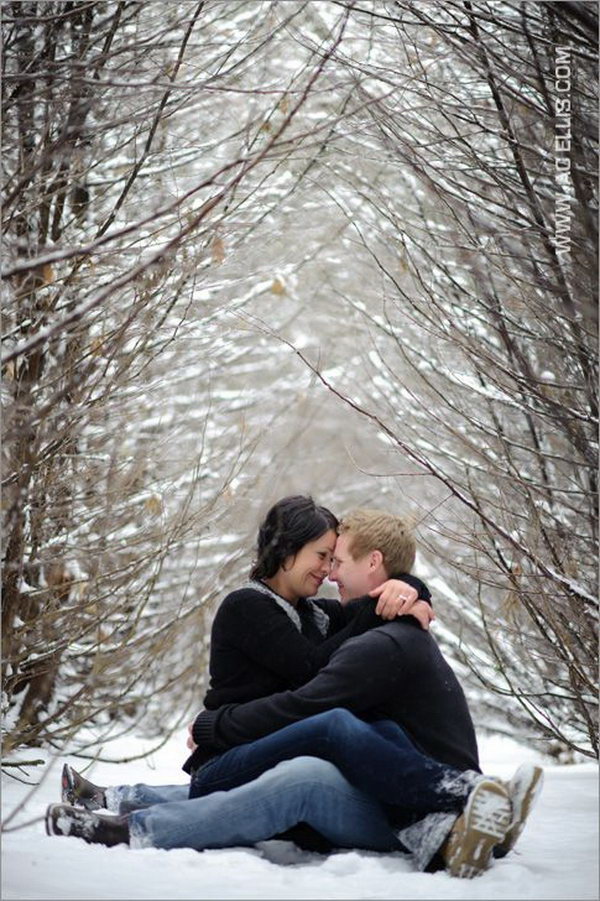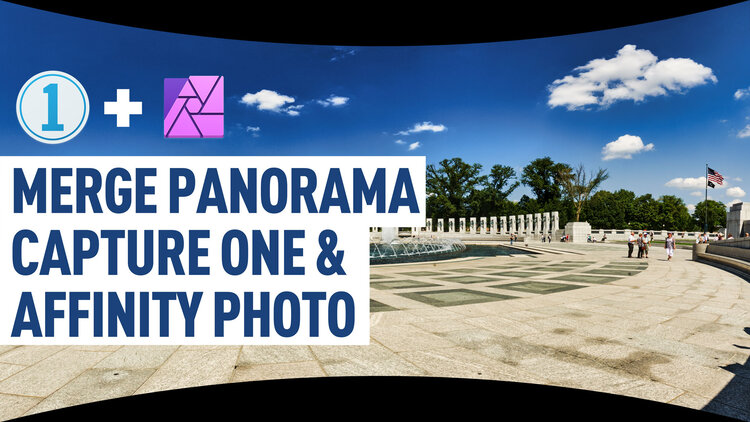Our applications work with Adobe Photoshop, Lightroom, Capture One, Affinity Photo, Corel Paintshop Pro, and Apple Photos. Get the most out of your photo editing experience with the ON1 Professional Plugins. ON1 Effects 2021. ON1 Resize 2021. There is an applescript in Capture One (the Mac version) to merge images with Photoshop, but in my experience this is really flakey. If you want to use Photoshop rather than Affinity, then you would be better doing it manually, using the techniques I outlined for Affinity Photo. In this video, I answer one of the most common questions I get about working in both Capture One Pro and Affinity Photo.If you find value in my content and w. I'm getting fairly reproducible crashes of the latest version of Affinity Photo when merging panoramas or HDRs. I am not alone in this, and the common feature seems to be that most of us are CO users. Affinity Support are laying the blame for this at Capture One's door, as described in.
Editing star trails can be complex. I walk through using Capture One, StarStax and Affinity photo. We start with a pile of RAW files and end up with an edited star trail.


Editing Star Trails

Editing Star trails seem complex. Lots of things have to go right for them to come together easily. Often those things do not go 100% correct so the image requires a lot of post processing work. This video gives you a high level taste of what it is like to shoot a star trail and then edit it. The basic process used is almost always the same:
- Find your scene, setup and focus the camera.
- Start taking frames as close together as possible, either with an intervolometer or with a simple release and continuous mode.
- Process all the RAWs in a batch.
- [optional] Review the individual images making any touch ups on them needed, removing any “jokers” that would ruin the final result.
- Retouch the stacked image in a pixel editor like Affinity Photo.
Star Trails Exposure Settings
One of the questions I get asked frequently is why 1600 ISO, f/4, 30s as a starting point for star trails. The answer is: experience. It is a pretty sane starting point star trails in moderately light polluted areas that works with most cameras and triggering systems (i.e. simple remote vs external intervalometer). Depending on the level of sky glow (light pollution), I may have to adjust the factors. The key for star trails is to realize that the time of the exposure (30s, or 4 minutes, or 15s) doesn’t affect the stars much. They are moving so shortening or lengthening the exposure makes the distance they travel in an individual frame shorter or longer. The brightness of the stars (assuming the exposure is long enough for their motion to be apparent) is only affected by the instantaneous sensitivity of the camera system, that is, by the ISO and aperture.
Controlling Star to Sky Contrast
Capture One And Affinity Photo
We exploit this relationship (the fact that the exposure of the stars is not affected by time but the foreground and background sky are). The brighter the sky (the more sky glow), the shorter the exposure needs to be to maintain contrast between it and the stars (so the stars are bright and the sky is dark). Knowing this (and with lots of batteries, large memory cards, hard drives and time) it is possible to shoot a stacked star trail in the middle of a city. You simply take a lot of really short exposures. You won’t have as many stars because a bright sky overpowers all but the brightest, but you will have some.
In very dark areas you can extend your individual exposure time. This as the advantage of reducing the number of RAW files you have to deal with (and thus the processing time and the smoothness of the trails) at the expense of more sensor noise depending on the camera.
Choosing Camera Settings for Star Trails
The choice of f/4 is for two reasons. First it has a deeper depth of field. Even on very wide lenses (e.g. 14mm), there may not be enough depth of field at f/2.8 if you have a very near foreground subject. The second reason is that many wide angle lenses are very soft in the corners wide open (i.e. at their fastest aperture, f/2.8, etc). Stopping down sharpens them up.
Here are some other rules of thumb for settings in various areas:
- Near city rural, shooting away from city: ISO 1600, f4, 30s to 2 minutes.
- Suburbia: ISO 800, f4, 15s to 30.
- Urban: ISO 800 or less, f4 or slower, 10s or shorter.
- Very Dark (.e.g Big Bend, etc): ISO1600+ (depending on sensor), f4 or faster, 4 minutes or longer (depending on sensor and trigger system)
Of course, these are just starting points.
Software
Here are links to all the software used:

- RAW Processing: Capture One
- Stacking: StarStaX
- Pixel Edit: Affinity Photo
I realize I didn’t go into as much detail as I probably could have. More detailed videos focused on specific areas are coming. I’m already working on one covering how to shoot the frames without an intervolometer.
Capture One And Affinity Photography
The Finished Star Trail
Andrew is a photography instructor teaching students of all skill levels in Austin, TX through Precision Camera and independently in San Diego, CA. He runs workshops around the United States.
He is a self taught experiential learner who is addicted to the possibilities that new (to him) gear open up. He loves to share the things he has worked out. Andrew started with a passion for landscape and night photography and quickly branched out to work in just about every form of photography. He is an ex-software developer with extensive experience in the IT realm.
Capture One Vs Affinity Photo
Andrew is a full time wedding and commercial photographer in both Austin and San Diego. Andrew is a club founder and multi-time past president of North Austin Pfotographic Society.
